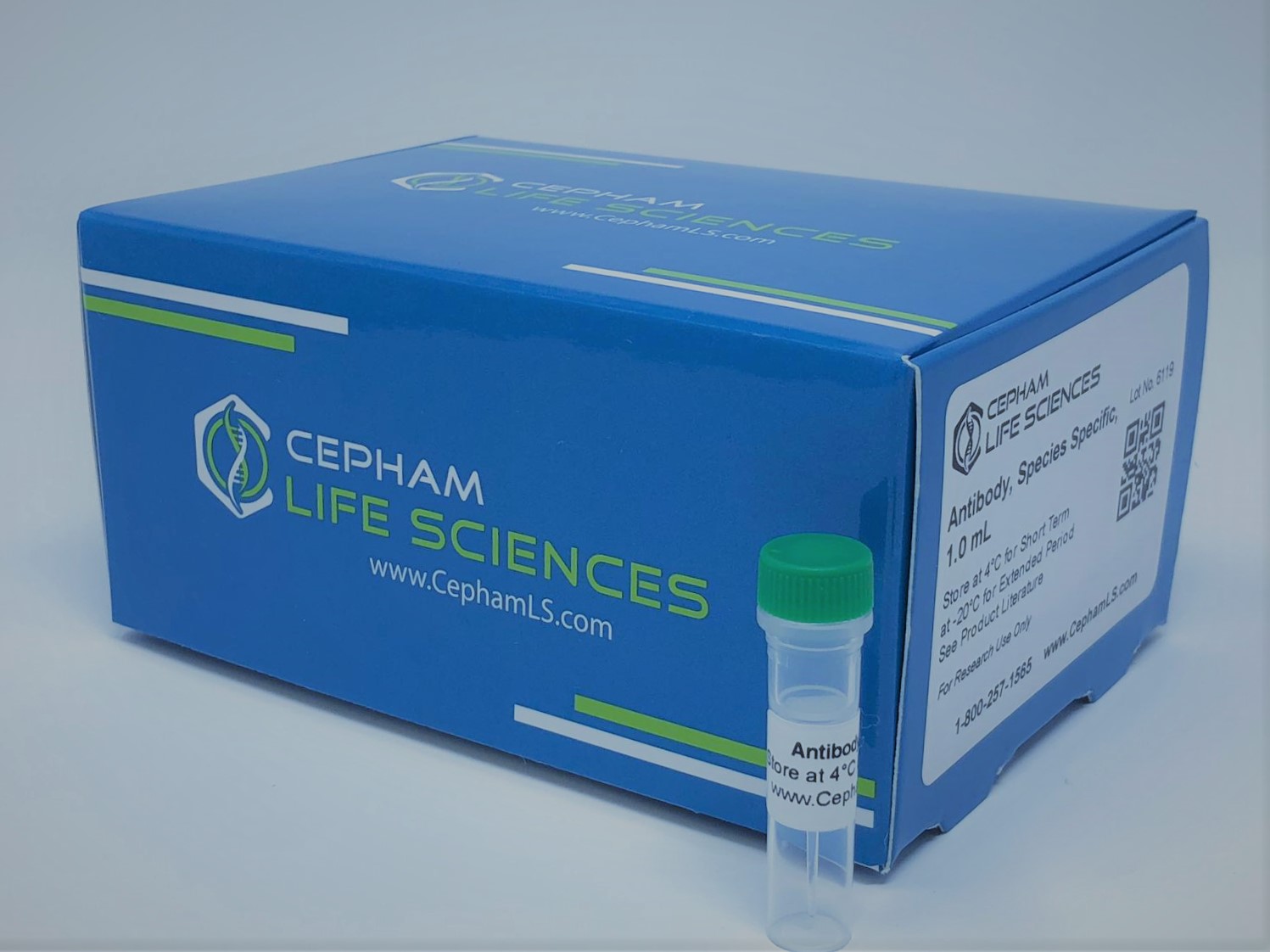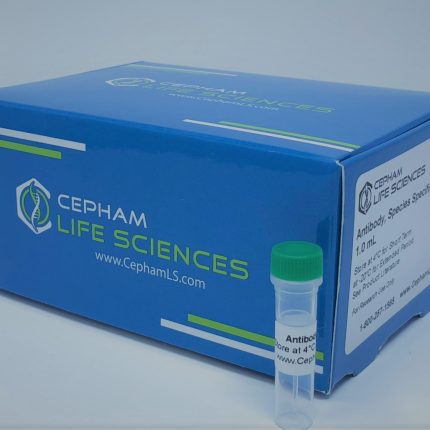Aliases
Bifunctional epoxide hydrolase 2, Epoxide hydratase, Soluble epoxide hydrolase, SEH, Lipid-phosphate phosphatase, EPHX2
Antibody Type
Polyclonal Antibody
Species
Human
Uniprot ID
P34913
Immunogen
Recombinant Human Bifunctional epoxide hydrolase 2 (1-555AA)
Raised In
Rabbit
Species Reactivity
Human
Tested Applications
ELISA, WB, IHC;Recommended dilution:WB:1:500-2000, IHC:1:20-1:200
Background / Function
Bifunctional enzyme. The C-terminal domain has epoxide hydrolase activity and acts on epoxides (alkene oxides, oxiranes) and arene oxides. Plays a role in xenobiotic metabolism by degrading potentially toxic epoxides. Also determines steady-state levels of physiological mediators. The N-terminal domain has lipid phosphatase activity, with the highest activity towards threo-9,10-phosphonooxy-hydroxy-octadecanoic acid, followed by erythro-9,10-phosphonooxy-hydroxy-octadecanoic acid, 12-phosphonooxy-octadec-9Z-enoic acid, 12-phosphonooxy-octadec-9E-enoic acid, and p-nitrophenyl phospate.
Isotype
IgG
Conjugate
Unconjugated
Storage Buffer
Preservative: 0.03% Proclin 300
Constituents: 50% Glycerol, 0.01M PBS, PH 7.4
Form
Liquid
Storage
Shipped at 4°C. Upon delivery aliquot and store at -20°C or -80°C. Avoid repeated freeze.
Purity
Caprylic Acid Ammonium Sulfate Precipitation purified
Literature
[1]”Identification and functional characterization of human soluble epoxide hydrolase genetic polymorphisms.”Sandberg M., Hassett C., Adman E.T., Meijer J., Omiecinski C.J.J. Biol. Chem. 275:28873-28881(2000). [2]”Cloning of human full-length CDSs in BD Creator(TM) system donor vector.” Kalnine N., Chen X., Rolfs A., Halleck A., Hines L., Eisenstein S., Koundinya M., Raphael J., Moreira D., Kelley T., LaBaer J., Lin Y., Phelan M., Farmer A. Submitted (MAY-2003). [3]”Complete sequencing and characterization of 21,243 full-length human cDNAs.” Ota T., Suzuki Y., Nishikawa T., Otsuki T., Sugiyama T., Irie R., Wakamatsu A., Hayashi K., Sato H., Nagai K., Kimura K., Makita H., Sekine M., Obayashi M., Nishi T., Shibahara T., Tanaka T., Ishii S. Sugano S.Nat. Genet. 36:40-45(2004).







